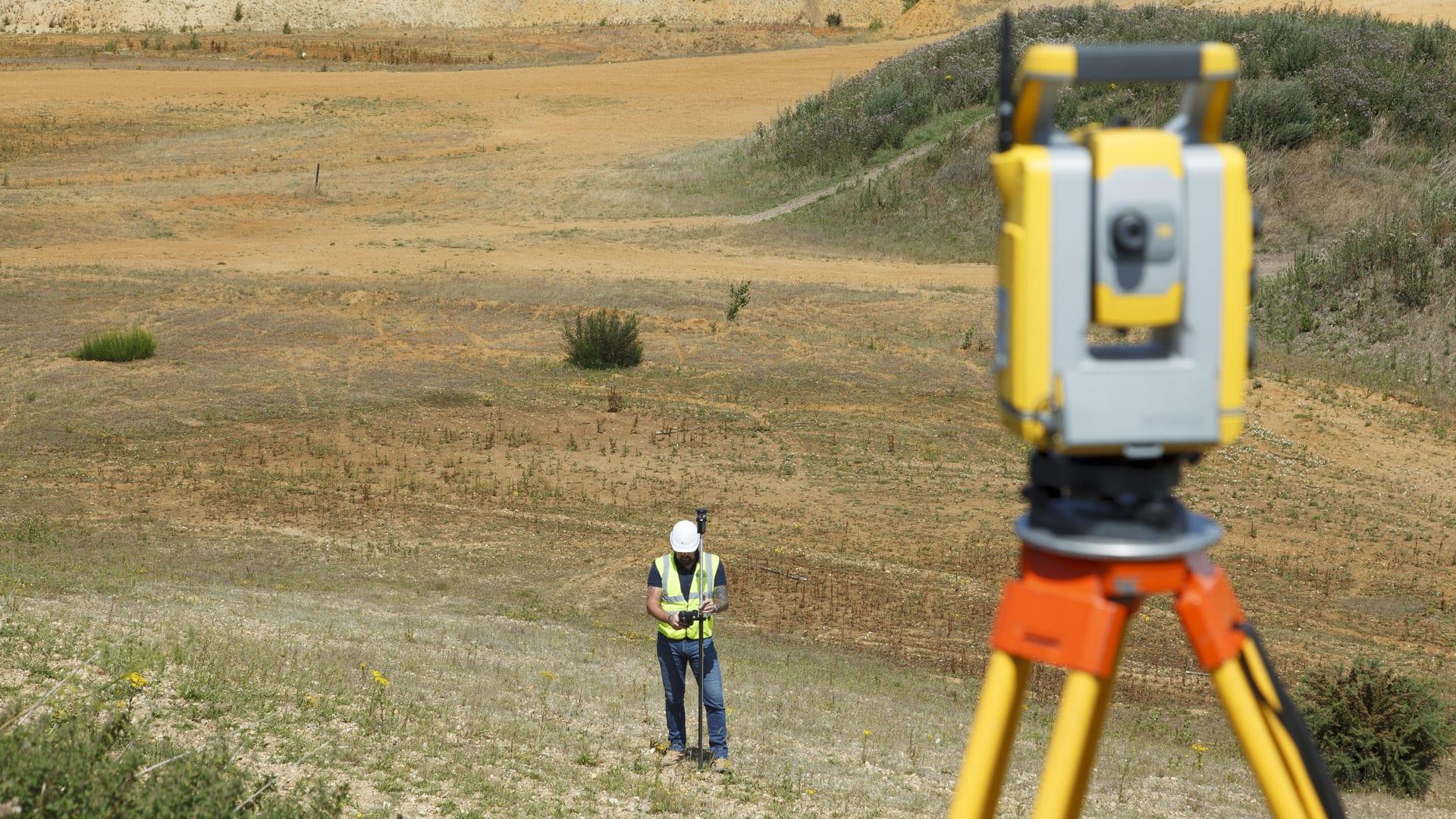Welcome to You can find out more of land surveying, where the hidden tricks under the planet's surface area are unveiled with precise techniques and innovative technology. Land checking plays a crucial function in various facets of home ownership, growth, and environmental preparation. From figuring out building limits to recognizing all-natural resources and dangers, the influence of land evaluating reverberates across varied fields, forming the landscape we inhabit. Recognizing the relevance of land surveying is extremely important for homeowner and programmers alike. By delving right into the various types of land surveys offered and the vital duty they play in preventing lawful disputes, people can browse the complex terrain of landownership with self-confidence and quality. As we start a journey with the complexities of the land surveying procedure, we will certainly discover the devices, innovations, and methods that drive this essential technique ahead, revolutionizing standard methods and leading the way for future innovations. Kinds of Land Surveys Land studies come in numerous types, each offering a particular function in residential property evaluation and growth. Boundary surveys are performed to specify building lines and establish lawful boundaries. Topographic surveys, on the various other hand, concentrate on mapping the natural and man-made features of a certain area, offering valuable details for layout and building and construction tasks. In addition, ALTA/NSPS studies abide by a collection of requirements developed by the American Land Title Association and the National Society of Professional Surveyors, ensuring a thorough analysis of a building's borders and renovations. An additional generally utilized kind of land survey is the neighborhood survey, which includes splitting a bigger parcel right into smaller sized great deals in conformity with regional regulations. This kind of study is important for residential or commercial property growth and lawful purposes. Building studies are conducted during the building process to guarantee that frameworks are constructed in the proper location and according to the style strategies. These studies help protect against costly mistakes and guarantee compliance with zoning and building ordinance. In addition, floodplain surveys are crucial for assessing flood threats and designing effective flooding control procedures. These studies determine locations vulnerable to flooding and provide useful information for land usage planning and development. Ecological surveys concentrate on assessing
the impact of land development on natural deposits and environments, assisting to lessen ecological destruction. By recognizing the various kinds of land surveys available, property owners and developers can make enlightened decisions to shield their financial investments and adhere to regulatory requirements. The Role of GIS in Modern Land Surveying Geographical Information Systems (GIS)play a pivotal role in modern-day land surveying by supplying a thorough platform for arranging, assessing, and envisioning spatial information. Using GIS technology, surveyor can overlay different layers of information such as building borders, topography, energy lines, and land features to create comprehensive maps and versions. This combination of information permits boosted decision-making procedures and even more accurate analyses of the checked land. In addition, GIS makes it possible for surveyor to keep specific records of study data, facilitating historic comparisons and trend evaluation with time. Through the spatial analysis capabilities of GIS, specialists can identify patterns, fads, and potential concerns that may affect land advancement tasks. This positive method helps in mitigating risks, maximizing resource utilization, and ensuring compliance with regulatory demands. In addition, GIS contributes in partnership and details sharing among stakeholders associated with land surveying jobs. By creating interactive maps and sharing geospatial data with digital platforms, GIS cultivates transparency, interaction, and reliable decision-making. This smooth exchange of details improves job coordination, lowers replication of efforts, and inevitably improves the overall efficiency of
land checking undertakings. Drone Technology in Land Surveying Drones have reinvented the area of land surveying by providing efficient and precise information collection capabilities. These unmanned aerial cars can capture high-resolution photos and videos of huge locations, enabling land surveyors to get detailed information without the demand for typical ground surveys. By using drone modern technology, surveyor can dramatically minimize the moment and prices associated with checking tasks.

Drones can access hard-to-reach or hazardous
surface, making them vital devices for numerous applications such as mapping, site planning, and keeping track of building progress. The real-time data gathered by drones can improve decision-making procedures and boost total job effectiveness. Furthermore, drone innovation enables land property surveyors to perform surveys with minimal influence on the
atmosphere. Using drones decreases the need for heavy equipment and guidebook labor, causing decreased carbon exhausts and an extra lasting surveying approach. With the recurring developments in drone technology, we can expect to see even greater assimilation of drones in land surveying practices in the coming years.
